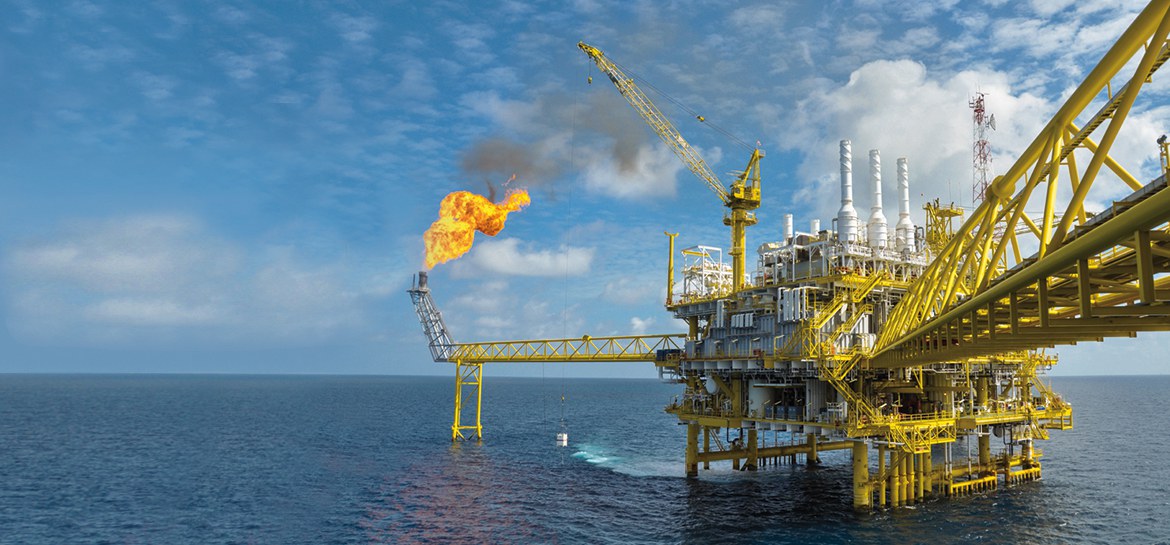Availability:
Availability is defined as the Percentage of time that a system Operates normally over a time period. Availability is oriented primarily towards the continues presence of the System.
Availability = (MTBF) / (MTBF + MTTR)
Reliability:
Reliability is defined as the Probability of a system to perform its intended functions satisfactorily, there by meeting the Design Intent of the System, under the state conditions and stated time period. Reliability is oriented primarily towards the Performance of the System.
Reliability = e-λt Where λ is the failure rate & t is the time period of service.
Risk:
Risk is defined as a Combination of the probability of occurrence of a Harm or Hazard and the severity of that Harm or Hazard, resulting in the Failure of the System.
Individual Risk:
The individual Risk is defined as a chance that the person staying at a particular location in the Plant is killed as a result of an accident in a hazardous zone. (expressed as Units / Year – e.g 10-4 / year)
Societal Risk:
The Societal risk is defined as the chance that a single accident in a hazardous zone causes certain number of victims (expressed as F-N Curve – eg F = 10-3 / N2, where F is the frequency and N is the number of causalities that might result in the accident scenario).
Safety Instrumented Function (SIF):
SIF is defined as the “Specific Single set of actions and the corresponding equipments needed to identify a single hazard and act to bring the Process system to a safe state.”
Safety Instrumented Systems (SIS):
SIS is defined as the “Instrumented Systems used to implement one or more Safety Instrumented Functions. A SIS is composed of any combination of Sensor (s), Logic Solver (s) and Final Element (s).
Safety Integrity Level (SIL):
SIL is defined as the “Discrete level for specifying the probability of the SIS satisfactorily performing the SIF under all the stated conditions and within the stated time period”.

